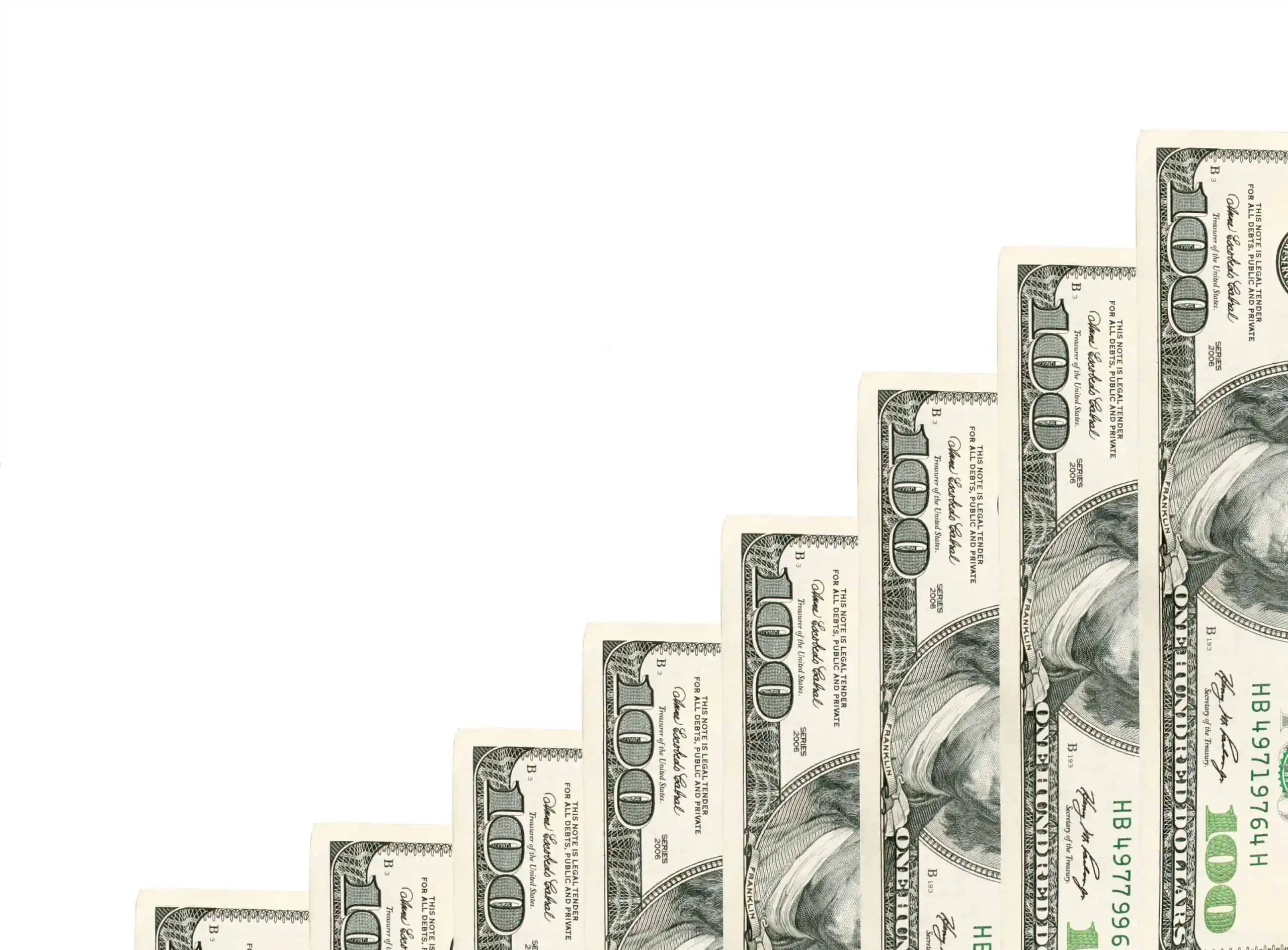Using The CD Ladder To Grow Your Savings
This post may have affiliate links. Please read the Disclosure Policy for complete details.
Everyone has a financial toolbox, some just have more tools in theirs.
The CD ladder is one of those tools, just like:
- A mortgage is a tool that can help you reach home ownership.
- Credit cards are tools that can help you do things like travel (via points).
- Rakuten is a tool to help you save money by shopping via coupons and cash-back rebates.
- An emergency fund is a tool to protect you should you suffer a loss or reduction in income.
These are products/services that help you reach your financial goals.
The thing is, however, you first need to know what they are.
Then you need to understand how they work to gain any benefit.
After all, if you use a tool you don’t fully understand, there’s a strong chance you can misuse it.
This will introduce you to the certificate of deposit and the CD ladder and hopefully give you another option for your financial toolbox!
What Is A Certificate Of Deposit (CD)?

The first thing we’ll discuss is what a certificate of deposit–or CD–is.
The more common accounts you have at a financial institution–checking and savings accounts–are considered “deposit accounts”.
These are intended to be deposited into and withdrawn from.
A certificate of deposit is considered a “time deposit” account.
It’s meant to be deposited into and left for a specific amount of time until the money is then rolled over into another CD or withdrawn.
Like your checking and savings accounts, a certificate of deposit is FDIC insured for banks and NCUA insured for credit unions.
Your principal is also guaranteed, which is why certificates of deposit are good for keeping money that you can’t afford to lose.
The biggest drawback of certificates of deposit is what happens if you take the money out before the CD maturity date.
You will be charged a fee to close the CD early, either a flat fee or a certain number of months worth of interest depending on the financial institution you use.
There is a bit of a silver lining: you can deduct the early withdrawal penalty on your income tax return.
What Is A CD Ladder?

Now that you are more familiar with what a certificate of deposit is, we can turn our attention to the CD ladder itself.
Think of a ladder…you have the rails and the rungs.
When we talk about a CD ladder, the certificates of deposit are the rungs.
First, you decide the amount of money you want to save.
Then you divide it equally among certificates of deposit that have different maturity dates.
When the first CD matures, you roll it over at the same term as the longest CD you originally opened up.
Each time another of the subsequent certificates of deposit matures, you roll each one over for that same, longest-term period.
Doing it this way maintains the same space between maturity dates as the original set of CD purchases.
Each of these renewals creates another rung on the ladder, going further and further into the future.
Benefits Of A CD Ladder

Obviously, we already touched on a big benefit of a CD ladder–the guarantee of principal preservation.
Unlike equities, your principal is guaranteed to never go down when you use a deposit account, even a time deposit account like a certificate of deposit.
There is also the ability to lock in higher CD rates when you purchase longer-term certificates of deposit.
That higher interest rate is the trade-off for locking your money into the CD.
By staggering your CDs, however, you are offsetting that drawback by having a certificate come to maturity at regular intervals to take advantage of any increases in CD rates.
As you will see next, there are a variety of ways you can structure your ladder.
You can set up your CD ladder to have maturities at intervals as short as 3 months to as far as a year apart.
One of the biggest benefits–to me at least–is the fact that you can shop around for each rung.
You aren’t locked into a single financial institution.
You can literally buy each rung from a different bank and even mix in CDs from credit unions if you have access to any.
This way, you are maximizing the return on each one you put money into!
CD Ladder Length

The length of your CD ladder depends on a couple of items:
- How often you want to renew
- How far out your timeline is
If you have a longer-term goal in mind, then you probably want to put your money into longer-term CDs.
If you want flexibility, you are most likely going to be interested in putting your money in CDs that mature in shorter time frames.
Here are a couple of pre-set terms to consider:
Ultra Short-Term CD Ladder
For the ultra-short-term CD ladder, you will choose CDs that have maturities every three months.
The entire CD ladder cycle lasts 1 year.
- 3-month cd
- 6-month cd
- 9-month cd
- 12-month cd (1-year cd)
Short-Term CD Ladder
The short-term CD ladder is a little more spread out than the ultra-short-term CD ladder.
This one has an original cycle of 2 years and you get a CD that comes to maturity every 6 months.
- 6-month cd
- 12-month cd (1-year cd)
- 18-month cd
- 24-month cd (2-year cd)
Moderate-Term CD Ladder
The moderate-term CD ladder is actually the longest you can do, as the 5-year certificate of deposit is the longest term you can buy at most banks & credit unions.
This ladder has a 5-year original life span and renews at annual intervals.
It also adds an additional certificate of deposit for a total of five as opposed to four in the other two CD ladders.
- 1-year certificate of deposit
- 2-year certificate of deposit
- 3-year certificate of deposit
- 4-year certificate of deposit
- 5-year certificate of deposit
A CD Ladder Isn’t For Everyone
The CD ladder is great for people who want to cover their bases.
It provides a secure way to save money, while also hedging against dips in interest rates since you lock in the high CD rates for long periods of time.
For people who are close to or in retirement, or risk-averse, this is a safe place for your money.
On the other hand, when the economy is doing really well, high-yield savings account rates may match or even exceed CD rates.
In that case, some people might prefer the liquidity of the savings account and it makes sense.
That way, you are getting equal, or potentially higher, interest rates but with the flexibility of being able to access the money without penalty.
Wrapping Up
Again, a CD ladder is simply a tool in your personal finance toolbox.
When it makes sense to use it, use it.
When other options such as high-yield savings accounts offer a better return, use those until they no longer benefit you.
There isn’t a right or wrong way to approach it.
The important thing is to choose the right way of managing money for yourself, and not what anyone else says.
Just make sure you either roll each certificate of deposit over or close it so you don’t risk forgetting about and having them reported as unclaimed property!
Your Turn
Is this a new financial concept to you? Are you even familiar with the certificate of deposit? What’s your preferred method for a savings (not investing) vehicle?

